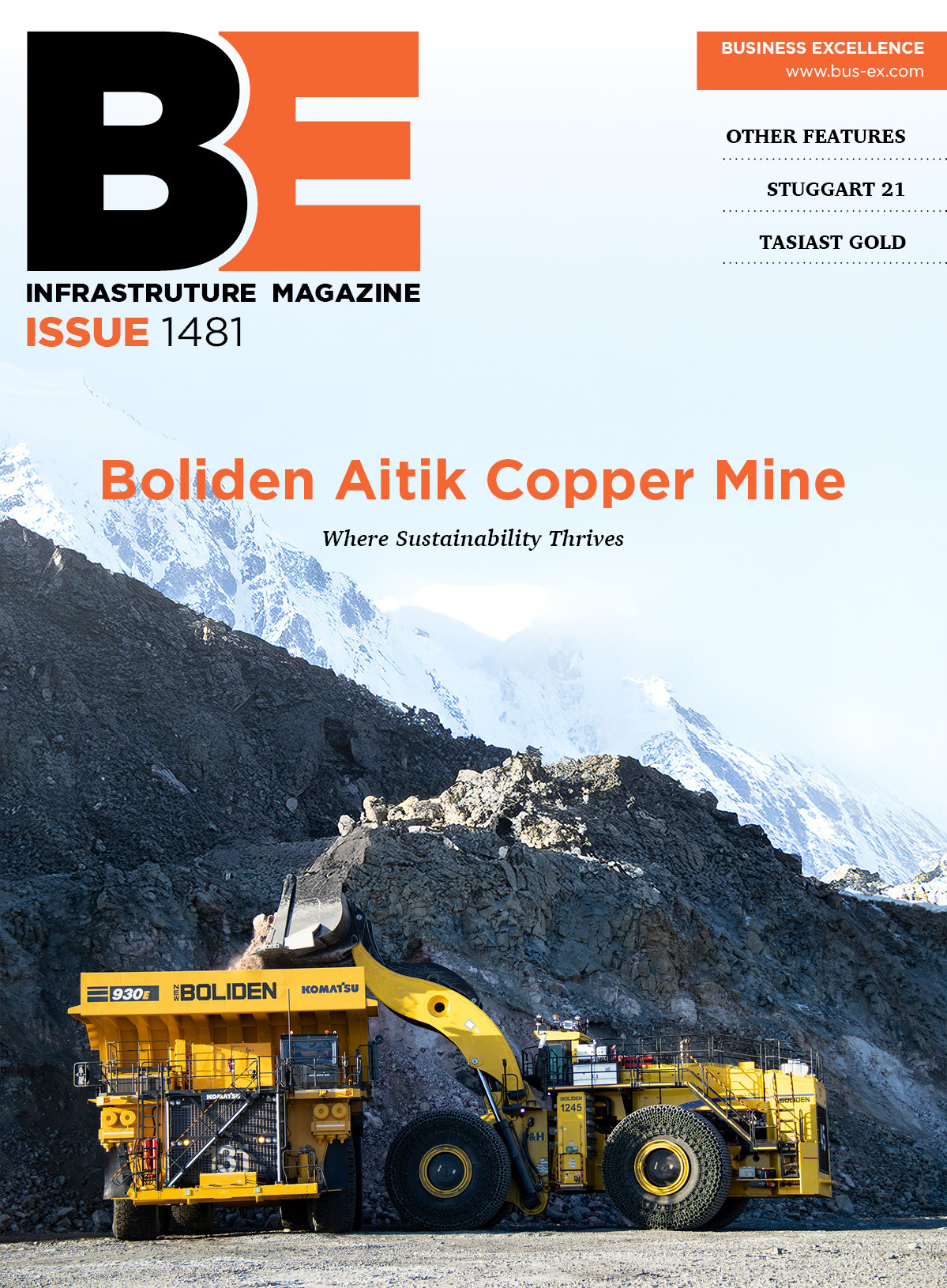A century in the makingThe Second Avenue subway project has been on the drawing board since before the Great Depression. Now, as progress finally is being made on the massive project, Keith Regan learns how the agency overseeing construction is managing the challenges. For decades starting in 1881, the East Side of Manhattan was served by north-south public transit lines that ran on elevated tracks. Since those tracks were removed in the 1940s and 1950s as part of an effort to revitalize parts of the city, the East Side has been relatively underserved by mass transit. The result is overcrowding on existing lines. The city has long recognized the need to bring service back to the East Side, but the sheer scope of the project required to do so has been an impediment. Work got started in the 1970s on a Second Avenue subway line, and tunnel construction actually got under way, with progress made on two sections on the Upper East Side and one in Lower Manhattan. But tougher fiscal times shrunk public budgets and brought that project to a halt. With subway use continuing to rise, the system revisited the idea again in the mid-1990s, taking a step back and re-evaluating earlier design approaches, says Anil Parikh, program manager at MTA Capital Construction Co., which was formed in 2003 to manage major capital projects for the Metropolitan Transportation Authority. ÔÇ£We did a lot of study and concluded it was still the best option,ÔÇØ Parikh says. While scaled-down versions of the project were considered, in the end it was decided that it made sense to design and construct the entire length of the line, from 125th Street on the north to Lower Manhattan on the south. In 2004, state environmental regulators issued a Record of Decision for the entire length of the subway line, with the joint venture of DMJM Harris and Arup chosen as the consultants to design the entire scope of work. Actual construction work is beginning in the middle of the line, with plans to bore a tunnel from 92nd Street south to 63rd Street. The contractor has been working for months on utility relocation, complying with the Department of TransportationÔÇÖs requirement to keep four lanes of the road open to traffic during the work. That will be followed by the construction of secant pile and slurry walls to create a launch boxÔÇöbetween 92nd and 95th streets along Second AvenueÔÇöfor the tunnel-boring machine, through which equipment can be lowered to the depth at which drilling will take place. During design, the Authority realized the project would need to be split into phases, with each phase designed so that each portion of the line can be put into use once completed. The first phase, with a $4.35 billion price tag, will include the construction of three new stations and the rehabilitation of the existing 63rd Street/Lexington Avenue station. ÔÇ£We had a lot of questions from the community about why we were starting here and not at one end or the other,ÔÇØ Parikh says. ÔÇ£By connecting into the existing system early, we can enable the line to start to relieve that pressure on the Lexington Avenue subway line and can use the existing storage and maintenance facility.ÔÇØThe tunnel will be built directly under the city-owned right of way, which is as much as 100 feet wide. In addition to the extensive, complex and costly process of utility relocation, the biggest challenge facing the project is the community relations piece. ÔÇ£We started our outreach program six years ago, and every few months we go into the neighborhood to make a presentation on where we stand,ÔÇØ says Parikh, who cites real estate as a third challenge. Because of modern fire-safety codes and other requirements, it will require more space to build platforms and stations. ÔÇ£We will be relocating some tenants, and that is a big challenge for our real estate department.ÔÇØMost but not all of the project can be built with a tunnel-boring machine, though a few portions will require an open trench construction approach. Once that machine is fired up, it should be capable of tunneling 55 feet per day. Vibration and movement monitoring systems will be installed on buildings throughout the project area to ensure that the drilling work will not result in undesirable effects on the surrounding buildings.The new stationsÔÇöthe first will be built at 96th StreetÔÇöwill feature major improvements in terms of design and amenities. The platforms are designed to be safer for travelers, with no columns obstructing views and with closed-circuit TV cameras that can be monitored from central locations. The platforms will also be larger than others in the system, both for passenger comfort and future growth. For the safety of workers, the stations are designed with electrical rooms and fan plants located at the ends of the stations so that workers do not have to go into the train travel areas for maintenance. Green elements have been incorporated as well. For instance, all new equipment will be more energy-efficient than the older components of other lines. Instead of steel, the third rail that will power the line will be made of aluminum, which will require 30 percent less power. The tracks are also being designed with gradient humps in them to enable a train to slow down naturally as it enters a station and gain speed as it leaves. Other long-range benefits from the project will include the ability to handle additional travelers who will be making connections to the Long Island Railroad lines being extended into the city from the Borough of Queens at Grand Central Station. There will be multiple construction contracts to build the stations at 86th and 72nd Street and the existing 63rd Street and Lexington Avenue Station. Parsons Brinkerhoff has been hired as the construction manager on the project. The MTA will continue to provide oversight and project management guidance throughout. The operational unit that will eventually accept the project is involved in all phases of design and construction as well, Parikh says. ÔÇ£ItÔÇÖs one of the checks and balances we have in place so that everyone can feel good about things when we get to the end of a project.ÔÇØ ┬á









